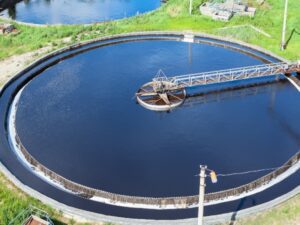A report on the state of South Africa’s water treatment has been released after nine years of research by the Blue Drop and Green Drop Certification Programmes which are forms of Incentive-based Regulation (IBR) pioneered by the South African Water Sector since 2008.
The report details factors like municipal capacity of wastewater management and process controllers to operate and maintain sewage treatment. According to the report, more than a third — 334 wastewater treatment works (39%) out of 955 systems — are classified as critical. In the 2013 report, the number of critical systems was 248 (29%). Additionally, only 22 municipal and one private wastewater treatment works achieved Green Drop status in the 2022 Report. The risk classification of municipal treatment works deteriorated from medium (65.4%) to high risk (70.1%) between 2013 and 2021.It also revealed that municipalities are battling with addressing issues of wastewater management. The Municipal Strategic Self-Assessment report published in 2019 revealing that the state of municipal water services provision, and the inability — particularly in smaller municipalities — to respond to failures.
Weak management, a lack of competent and experienced technical staff, and very low levels of revenue collection are said to be the issue. Poor quality water that is discharged into the environment has become dire and more polluted water sources mean higher costs for treatment and more difficulty to treat into drinking state. This means that there are potential public health impacts where deadly sewage contamination in small towns and rural areas is anticipated.






